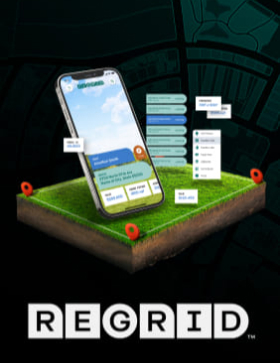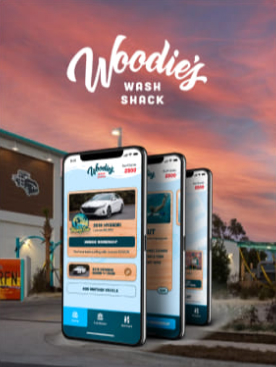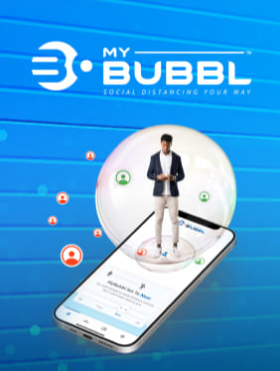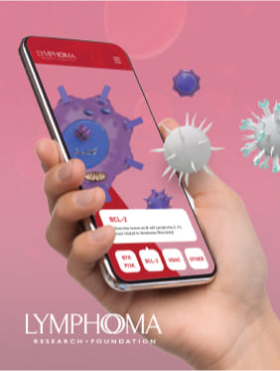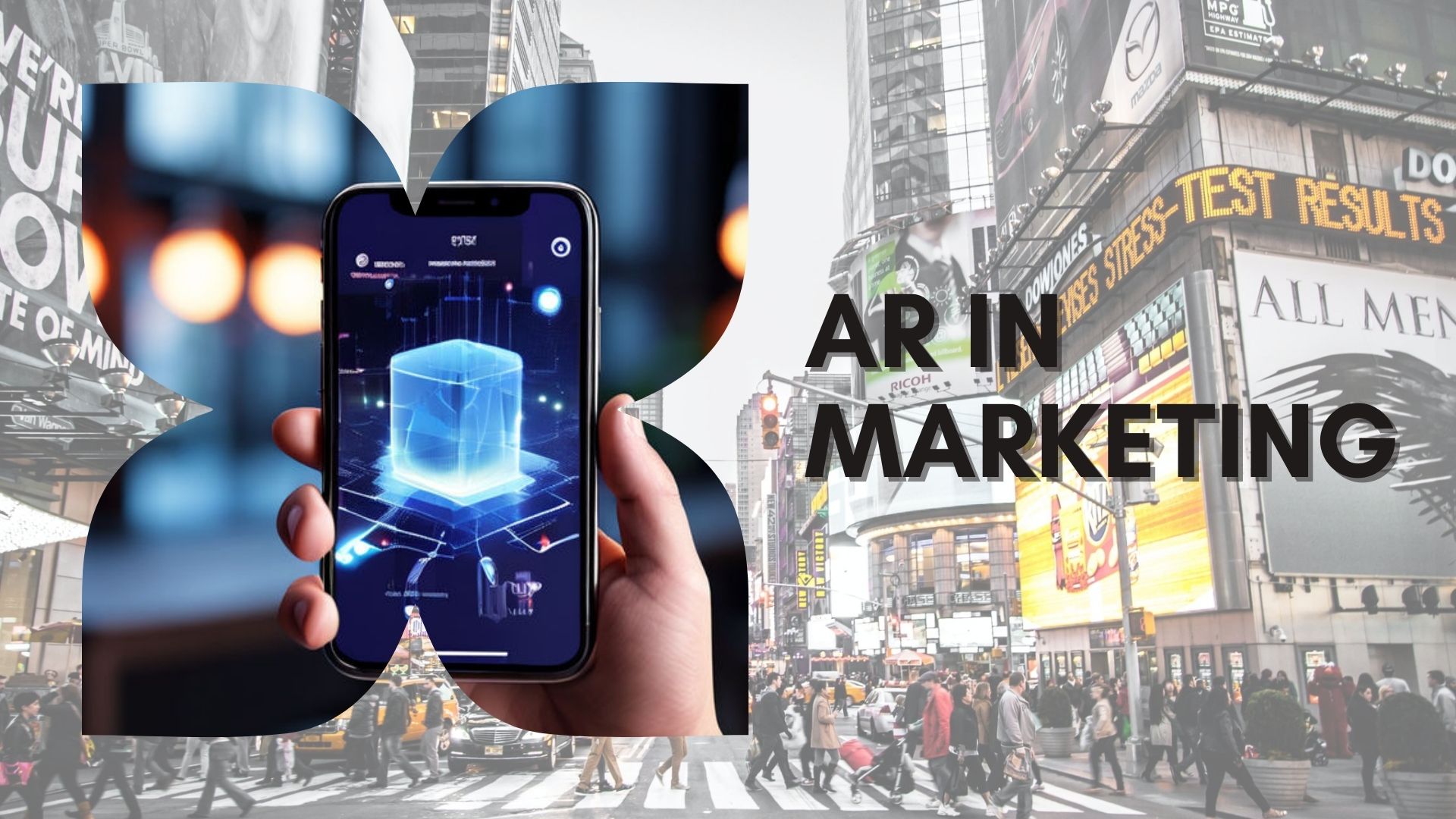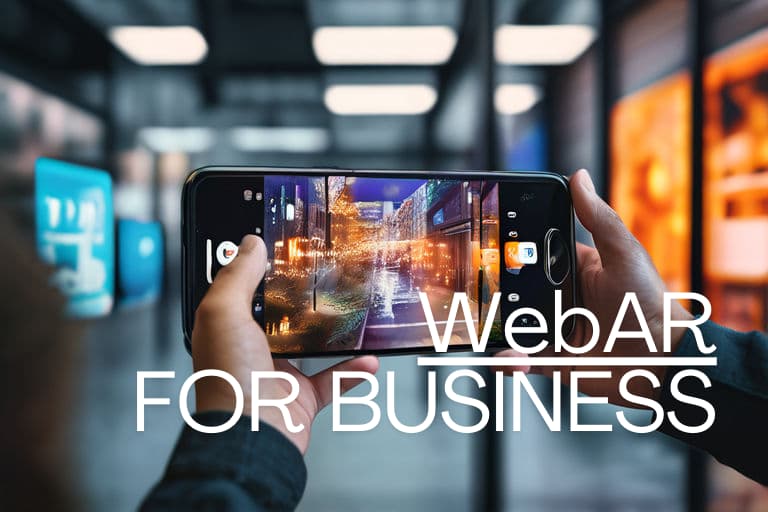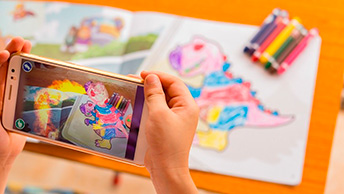
Futuristic as it sounds, augmented reality is no stranger to our everyday lives. If you’ve ever played with Snapchat face filters or caught a Squirtle off the sidewalk then you’ve already tasted some of what AR can offer. But as time progresses and children are born with mobile devices in hand, AR’s expansion is all but inevitable. One such application of AR technology may soon be in education, and who better to test drive AR than a fresh generation of tech-savvy students?
AR & Learning Styles
To get a better sense of how to improve education, we first have to understand how students learn. Standard lecturing covers auditory learners, while Powerpoint slides appeal to reading/writing learners. But the fact of the matter is that the majority of students prefer multiple modes of learning: a combination of visual, auditory, reading/writing, and/or kinesthetic. Furthermore, those who prefer a single method of learning lean toward visual or kinesthetic, which are simply not supported by traditional classrooms. To better accommodate both visual and kinesthetic learners, augmented reality enhances the physical world we all know and love. A teacher could write formulas on the board and make students memorize by repetition. Or kids could learn chemical reactions by scanning building blocks and watching how the elements interact.
Classroom Capabilities
As technology evolves with each generation, so must the classroom. From chalkboards to overhead projectors to Smartboards, hardware has always been an essential part of a teacher’s toolbox. However, the Smartboard and its predecessors all share one crippling feature: they’re confined to the 2D world. Mighty as they may be, pen and paper have their limitations. Augmented reality takes a more hands-on approach to learning by turning difficult, abstract concepts into immersive, interactive experiences. Lazy option: play a Youtube clip of the solar system. Alternatively, inspect a room-sized model of Jupiter (and its moons) from 5 billion years ago. 3D turnarounds do more justice than 2D diagrams ever could.
The Sky’s the Limit
We’ve been discussing augmented reality in the classroom as a hypothetical scenario, but the truth is that educational AR already exists. Human anatomy, maintenance training, military simulations, you name it. AR has already been successfully implemented across numerous industries. Accessibility is no issue; AR functions via glasses and scales all the way down to mobile apps. By eliminating the need for heavy equipment or specialized props, AR is limited only by one’s imagination (or smartphone battery life).
To Recap:
Learning with AR is both compatible with and accessible to students at every level. From grade school to medical school, augmented reality is even training surgeons with virtual patients. Lastly, and perhaps most importantly: it’s fun to use. Getting students engaged is half the battle, so using futuristic tech for education is a win-win. By giving the next generation a limitless, free-flowing sandbox to learn and create with, who knows what the future may bring?

